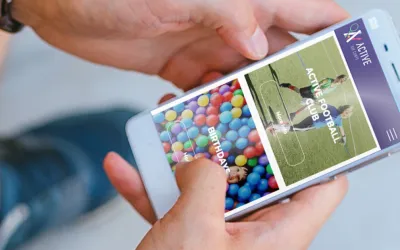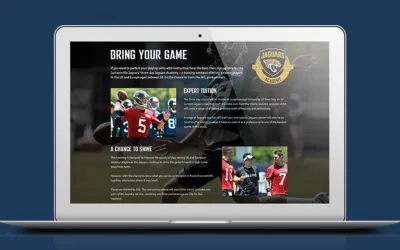Can In-Store Personal Shopping Services Help Save the Department Store?
Examining how in-store personal shopping appointments and similar experiences could help turn around the fortunes of the traditional high st department store.
Debenhams announcement of heavy financial loss and potential store closures* over the coming few years appears to be another pointer of doom for the traditional department store in the UK; following House of Frasers’ high-profile slide into administration¹ earlier in the year.
There’s no doubt that department stores face challenges. High overheads, operational costs and unforgiving local rates make them expensive to run, and the increasing convenience of online shopping certainly offers a threat to footfall.
So, what can the department stores do in response?

By A P Monblat [CC BY-SA 4.0 (https://creativecommons.org/licenses/by-sa/4.0)], from Wikimedia Commons
The In-Store Shopping Experience
The ‘shopping experience’ is a fairly well-worn phrase in modern retail-speak. The notion that today’s shopper is looking for a positive, perhaps even memorable, experience when they venture to the shops.
It’s not really a new concept, but it’s certainly redolent of the ways in which department stores can compete in the marketplace.
To attract customers to the store, to compel them to make the effort to actually shop in person rather than by laptop, requires the experience to be an enjoyable one. Something that they will look forward to doing.
Indeed, Debenhams have already bought into this concept as a way to try and turn the tide, with their Watford store spearheading a new ‘experiential’ approach to personal shopping services, featuring beauty treatments, consultations, and even a Gin Bar.
Speaking in September, Debenhams head Sergio Bucher told the BBC: “We have to make sure that every shopping trip is memorable.”
Connecting With Shoppers Online and Offline
It’s also worth remembering that department stores and online shopping are not opposing forces but part of the same retail space. After all, every major retailer has a strong online presence.
Where the problems arise is when there’s a disconnect between the online experience and that which you encounter when you go the bricks and mortar store.
Online, not only will you invariably be able to search and find the items you want with relative ease, the technology deployed will also be signposting other items that you might be interested in, remembering you on your next visit so that you see products that fit your profile.
And, when you leave the page and head over to Facebook, guess what? Those products will pop up in your feed.
All too often this falls down when you head into the store itself, to be confronted by a giant impersonal building, served by a sales advisor who has no idea what you are looking for.

The Rise of Personal Shopping
It’s easy to think of personal shopping as the exclusive domain of the highest of high-end retail. But apply this more broadly to the market and it can offer the key to those memorable in-store experiences, with a personalised shopping service that’s more consistent with online shopping.
Gathering information ahead of the appointment means a consultation that’s tailored to the client, which can help achieve a number of positive outcomes:
- Provides a memorable personal shopping experience to help breed brand loyalty
- Personal data captured at the booking stage gives the sales advisor the information to tailor the products to customer taste
- Data also feeds into the wider customer insight for consistent and personalised messages at all touchpoints
- Personal shopping customers are likely to spend up to 4 TIMES more than the average walk-in customer
Conclusion
There’s no doubt that the High Street retailer and the department stores that have long since lived in our cities, are facing up to some serious challenges. Store closures create a space in the traditional landscape and, more importantly, come at the worrying cost of people’s jobs.
To meet the challenge will require changes that reflect the modern behaviours and expectations of the customer. Creating a welcoming environment that blurs the lines between leisure and retail can certainly help attract the casual shopper, but by creating a more consistent, personalised shopping experience through data capture and in-store appointments can be the key to unlocking more loyal and higher spending customers across all online and offline channels.
Want to find out about how thinkBooker is helping the personal shopping experience to improve revenue and operational efficiency? Get in touch today for a copy of our Personal Shopping Booking Brochure.
At thinkBooker, we specialise in online booking systems for training courses, classes, activities and events – optimised for efficiency, growth and ongoing client satisfaction.
Browse the site to learn more about course booking systems, sports booking systems, event booking systems and more, or get in touch directly to find out how we can help you.



